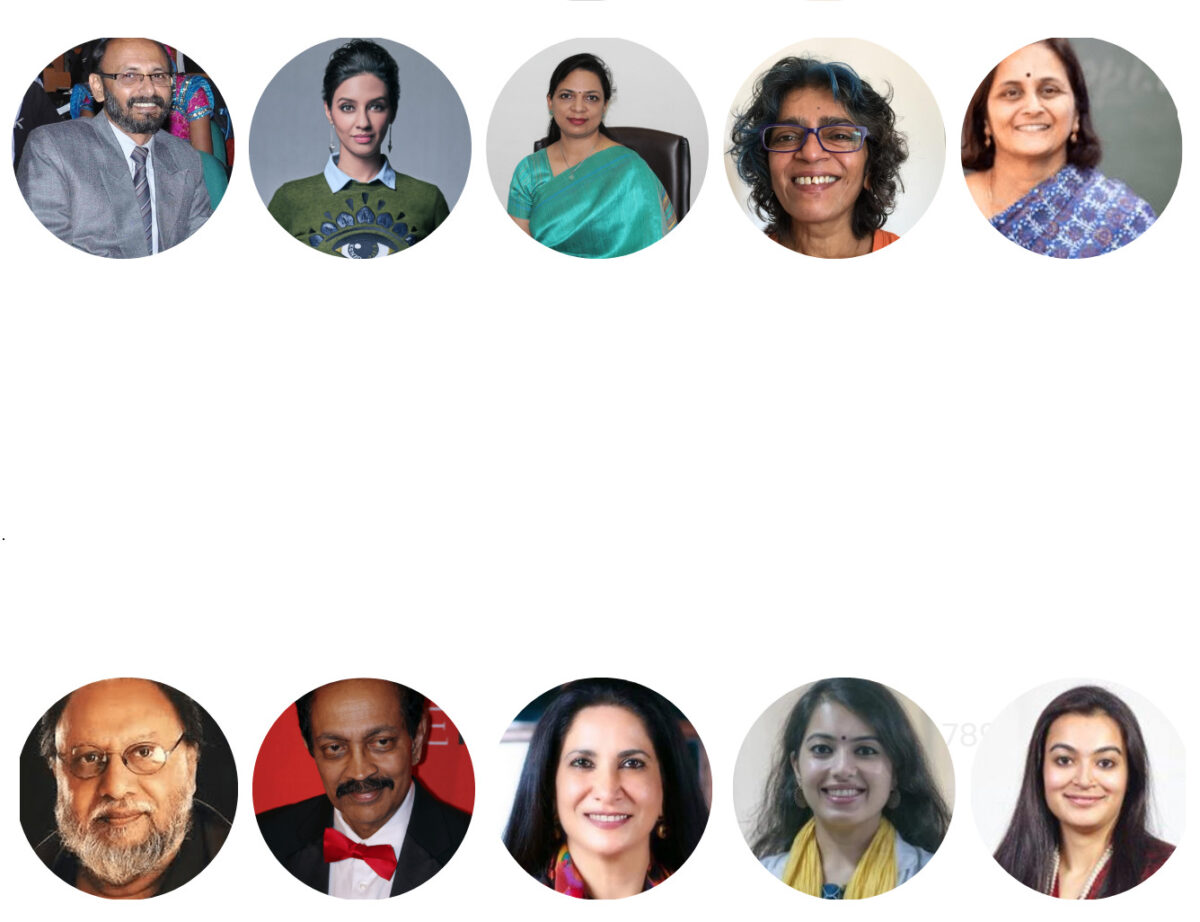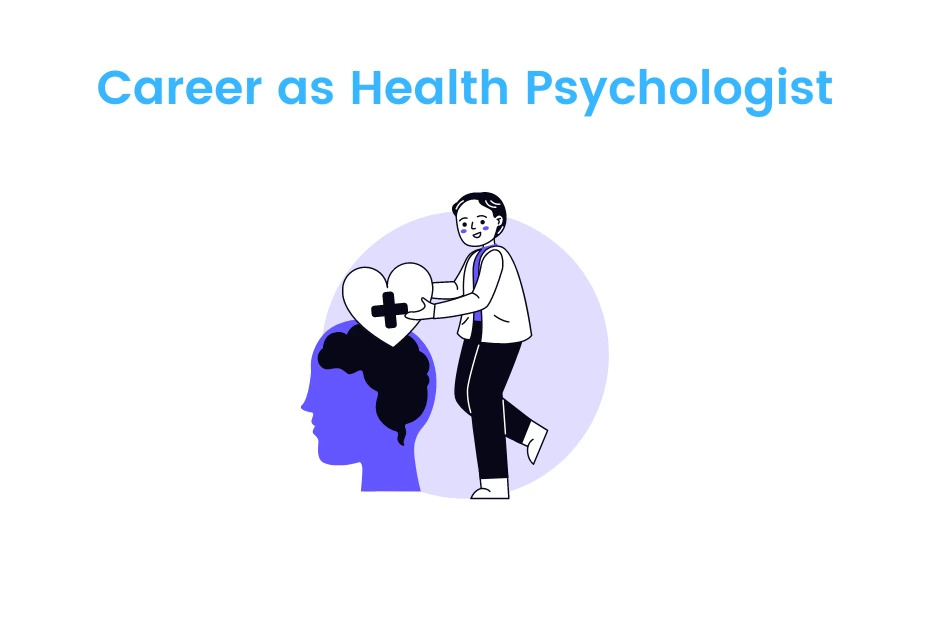Psych Therapy: A Comprehensive Overview to End Results and strategies

Cognitive-Behavioral Treatment
Cognitive-Behavioral Treatment (CBT) is a commonly made use of psychotherapeutic method that concentrates on recognizing and changing inefficient thinking and behavior patterns. Established in the 1960s by Aaron T. Beck, CBT incorporates behavioral and cognitive theories to attend to different mental health problems, consisting of anxiety, stress and anxiety, and stress-related conditions.
CBT is characterized by its structured, goal-oriented nature. Treatment commonly includes a joint procedure in between the specialist and client, where specific troubles are recognized, and useful strategies are created to address them. Methods such as cognitive restructuring, direct exposure therapy, and skill-building workouts are commonly used. Cognitive restructuring entails challenging and altering adverse thought patterns, while direct exposure therapy intends to minimize worry and anxiety through steady exposure to been afraid circumstances or items.
Evidence-based research sustains the efficiency of CBT for a wide array of psychological problems - Best Psychologist in Delhi. Its emphasis on ability purchase and self-help techniques encourages clients to continue progress separately after therapy wraps up. The adaptability and effectiveness of CBT have actually made it a cornerstone in modern psychotherapeutic practice
Psychodynamic Approaches
Rooted in the very early concepts of Sigmund Freud, psychodynamic strategies concentrate on exploring the unconscious mind and its influence on actions and emotions. These techniques aim to reveal hidden thoughts and sensations that may be driving maladaptive behaviors and psychological distress. Central to this technique is the concept of internal problem, usually originating from unsettled previous experiences, specifically those from youth.
Therapists utilizing psychodynamic strategies employ several vital methods, including cost-free association, where patients are urged to speak freely to disclose unconscious product, and dream analysis, which interprets the latent material of desires. Additionally, the exploration of transference and countertransference dynamics within the therapeutic connection is essential. These communications can offer understandings right into the client's interior globe and relational patterns.
Psychodynamic therapy is commonly longer-term compared to various other methods, supplying a deep and extensive understanding of the person's subconscious. Study indicates that it can be especially reliable for complicated mental health problems, such as individuality disorders and chronic depression. By fostering self-awareness and emotional understanding, psychodynamic treatment seeks to bring unconscious product to consciousness, enabling individuals to achieve lasting and significant adjustment in their lives.
Humanistic Methods
Structure on the foundations laid by psychodynamic approaches, humanistic methods provide a distinct viewpoint concentrated on private possible and self-actualization. Stemming in the mid-20th century, these methods prioritize the intrinsic goodness and development possibility of people, stressing a holistic view of human experience. Key figures such as Carl Rogers and Abraham Maslow have actually significantly influenced this therapeutic technique, which includes methods like client-centered therapy and Gestalt therapy.
Client-centered treatment, developed by Rogers, plays a crucial function in humanistic methods. It counts on the specialist supplying an environment of unconditional positive respect, compassion, and congruence. This promotes a risk-free space for clients to explore their sensations and experiences without judgment, facilitating self-discovery and personal development. The therapist's duty is even home more of a facilitator than an authority, urging customers to harness their inner sources for healing.
Gestalt treatment, an additional crucial humanistic technique, stresses present moment awareness and the integration of body and mind. By concentrating on the "present moment," customers get greater insight right into their current emotions and behaviors. Techniques such as role-playing and guided visualization are commonly used to help clients obtain a much deeper understanding of themselves, eventually leading to boosted self-awareness and gratification.
Integrative Treatments
Integrative treatments stand for a synthesis of different restorative strategies tailored to fulfill the one-of-a-kind demands of each client. This strategy acknowledges the intricacy of human psychology and the diverse nature of psychological health concerns. By combining aspects from various schools of psychiatric therapy-- such as cognitive-behavioral treatment (CBT), psychodynamic therapy, and humanistic strategies-- integrative treatments offer a more alternative and versatile therapy standard.
Experts of integrative therapy assess each customer's certain needs, signs and symptoms, and personal history to design a customized therapy strategy. This personalized technique improves the More Help capacity for healing success by resolving the origin triggers of mental distress and promoting total wellness. Techniques could include mindfulness workouts, cognitive restructuring, and psychological processing, each chosen to target various facets of the customer's issues.
Moreover, integrative treatments emphasize the restorative connection, seeing the client-therapist bond as a crucial element of effective therapy. This relationship promotes a helpful setting where customers really feel safe to check out and address their concerns. The versatility of integrative therapies makes them suitable for a broad range of conditions, including anxiousness, clinical depression, trauma, and social troubles, consequently increasing their applicability and performance in diverse clinical settings.

Gauging Therapy Results
Examining the effectiveness of psychiatric therapy is essential for both clients and clinicians to make sure that the treatment is producing the desired results. To achieve this, various methods and tools are utilized to gauge treatment end results methodically. Standard assessment instruments, such as the Beck Anxiety Supply (BDI) and the Generalized Anxiousness Problem 7 (GAD-7), provide quantitative data on signs and symptom extent and changes in time.
Along with standardized devices, qualitative approaches like client self-reports and professional interviews use useful understandings right into the individual experiences and perceived development of clients. Frequently scheduled assessments, usually at the beginning, middle, and end of therapy, aid in tracking the trajectory of improvement or recognizing areas requiring modification.
Result dimension is not restricted to symptom reduction; it likewise includes useful improvements in day-to-day live, such as better interpersonal relationships, raised work efficiency, and enhanced general well-being. Modern innovations in digital health and wellness have presented mobile applications and on-line platforms that assist in real-time monitoring and feedback, additionally fine-tuning the analysis procedure.
Ultimately, a thorough strategy to gauging therapy outcomes ensures that healing treatments are reliable, reliable, and customized to fulfill the private requirements of clients, therefore enhancing the total therapeutic experience.
Conclusion
Psychiatric therapy provides a multifaceted variety of methods targeted at attending to specific psychological health problems and improving overall wellness. Cognitive-Behavioral Therapy and psychodynamic methods target inefficient thoughts and unconscious influences, specifically. Humanistic techniques concentrate on personal growth and self-actualization, while integrative treatments incorporate multiple methods for tailored therapy strategies. Assessing therapy outcomes with standardized evaluations and qualitative techniques makes certain a thorough understanding of effectiveness, inevitably leading clients toward enduring psychological health and wellness enhancements.
From the structured strategy of Cognitive-Behavioral Treatment (CBT) to the deep exploration of the unconscious in psychodynamic treatment, each method pop over here brings one-of-a-kind advantages. Its focus on ability purchase and self-help strategies empowers customers to proceed progression independently after therapy ends (Best Psychologist in Delhi). Trick numbers such as Carl Rogers and Abraham Maslow have considerably influenced this therapeutic approach, which includes methods like client-centered therapy and Gestalt treatment